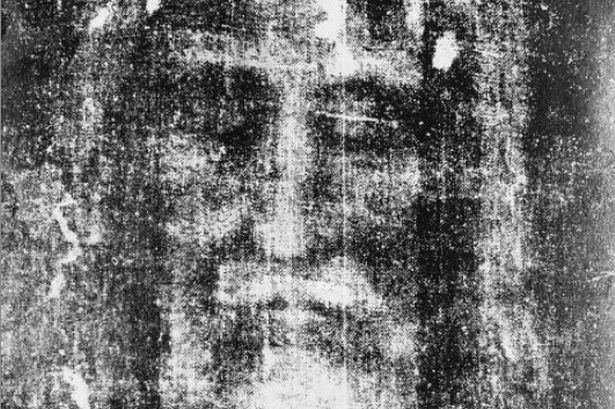

The cloth backing and thirty patches were removed, making it possible to photograph and scan the reverse side of the cloth, which had been hidden from view for centuries. In 2002, the Holy See had the shroud restored. The shroud remained the property of the House of Savoy until 1983, when it was given to the Holy See, the rule of the House of Savoy having ended in 1946.Ī fire, possibly caused by arson, threatened the shroud on 11 April 1997.

in the chapel built for that purpose by Guarino Guarini ) and in 1898 it was first photographed during a public exhibition. As of the 17th century the shroud has been displayed (e.g. In 1578 the House of Savoy took the shroud to Turin and it has remained at Turin Cathedral ever since. Further repairs were made in 1868 by Clotilde of Savoy. Repairs were made to the shroud in 1694 by Sebastian Valfrè to improve the repairs of the Poor Clare nuns. Poor Clare Nuns attempted to repair this damage with patches. A drop of molten silver from the reliquary produced a symmetrically placed mark through the layers of the folded cloth. In 1532, the shroud suffered damage from a fire in the church in Chambery, France where it was stored. In 1453 Margaret de Charny deeded the Shroud to the House of Savoy. Barbara Frale has cited that the Order of Knights Templar were in the possession of a relic showing a red, monochromatic image of a bearded man on linen or cotton. A burial cloth, which some historians maintain was the Shroud, was owned by the Byzantine emperors but disappeared during the Sack of Constantinople in 1204. Although there are numerous reports of Jesus' burial shroud, or an image of his head, of unknown origin, being venerated in various locations before the 14th century, there is no reliable historical evidence that these refer to the shroud currently at Turin Cathedral. Prior to the 14th century there are some allegedly congruent but controversial references such as the Pray Codex. The period until 1390 is subject to debate and controversy among historians. The history from the 15th century to the present is well documented. Historical records seem to indicate that a shroud bearing an image of a crucified man existed in the possession of Geoffroy de Charny in the small town of Lirey, France around the years 1353 to 1357. The History of the Shroud of Turin begins in the year 1390 AD, when Bishop Pierre d'Arcis wrote a memorandum where he charged that the Shroud was a forgery.


 0 kommentar(er)
0 kommentar(er)
